Capture One Pro 12
Learn how to:
✓ Customize keyboard shortcuts
✓ Create a list of all shortcuts
Length: 1:47 minutes
Download a 30-day trial of Capture One.
Capture One Pro 12
Learn how to:
✓ Customize keyboard shortcuts
✓ Create a list of all shortcuts
Length: 1:47 minutes
Download a 30-day trial of Capture One.
With the addition of Linear and Radial Gradient Masks in Capture One, the possibilities for efficient layered workflows have expanded. Let’s go through two examples of how they can be used!
I’m not going to explain in detail how to use the tools, as I will focus more on the examples. In the end of this post, I’ll link to the tutorial to cover the tools themselves.
This image has three Layers with Gradient Masks applied to them. Let’s go through them one by one.
The first Radial Gradient is made very big with most of the top and left part left out of the image. It works like a vignette, but is off-center and focuses more on the foreground than the sky. I pulled down the exposure, contrast and clarity to enhance focus on the couple.
The second Radial Gradient is made to lift the shadows from the couple’s faces. A fair amount of shadow recovery with some negative contrast help eliminating dark shadows and soften up.
The Linear Gradient is created to enhance the misty feeling of the background. I made it asymmetrical to make sure the fall-off into the field and on the couple wasn’t too harsh. The only adjustment here is a lift in curves, in particular the end point.
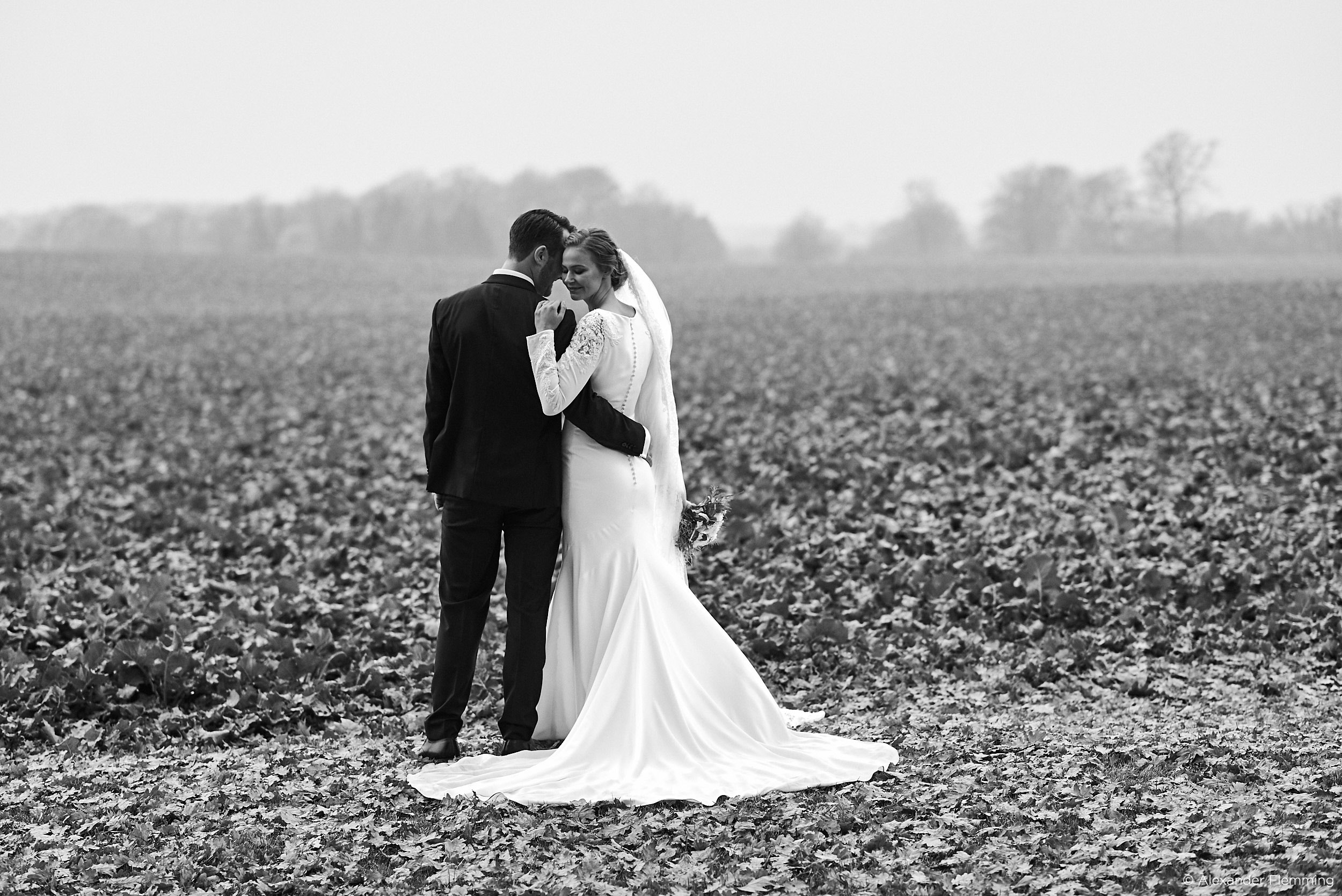
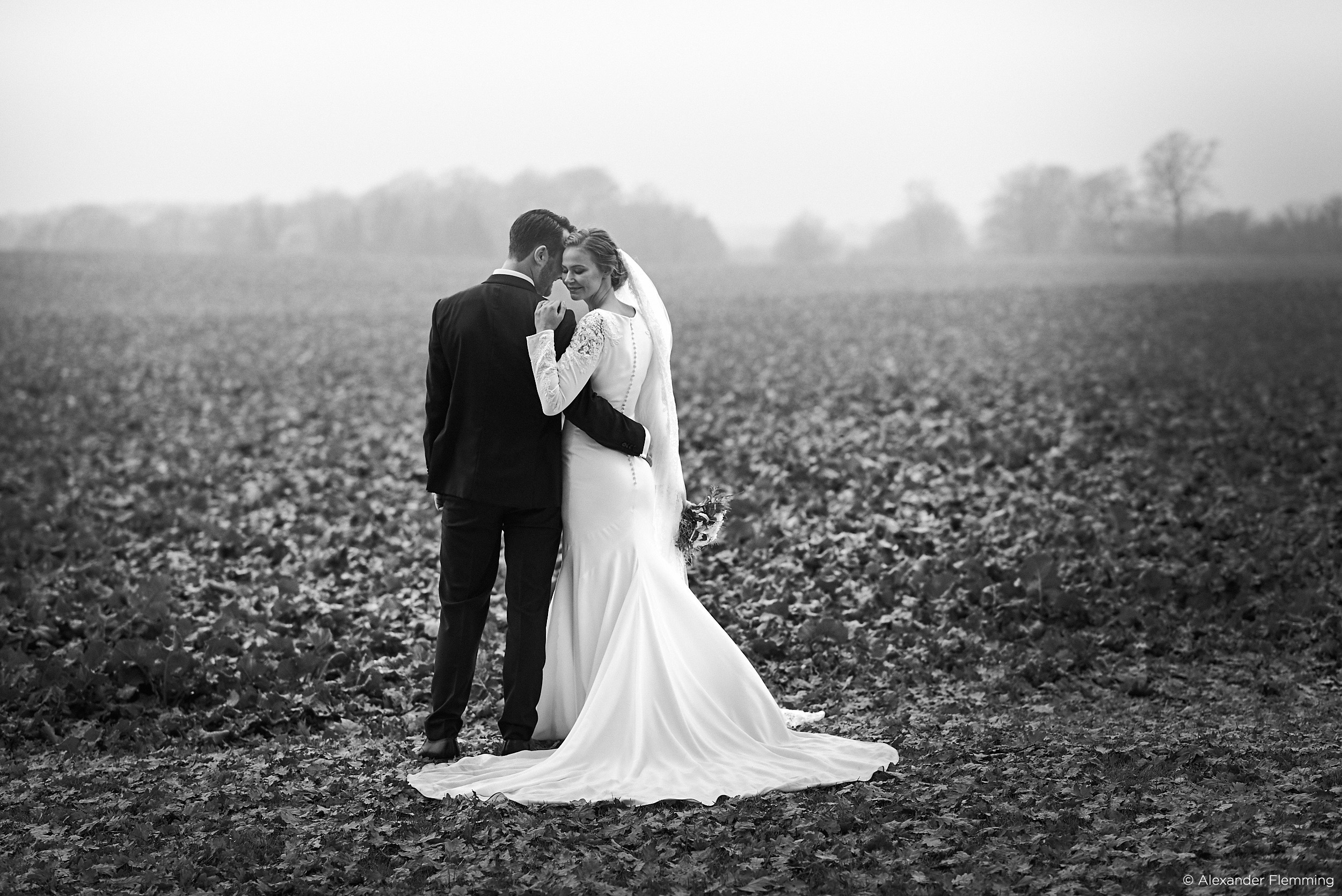
The difference here is the three layers described above. This could of course have been accomplished with manual brushing as well, but the parametric functionality (allowing transforming and moving the gradients) adds to the flexibility of the workflow.
This image has a single Linear Gradient Mask with a specific Luma Range applied. Let’s see how it’s made.
The mask above is limited by the Luma Range shown in the tool. Notice that dark areas are left out to exclude the mountain top, while the brightest areas are left out to exclude the clouds. The bright fall-off is soft to avoid weird transitions in the clouds. Additionally, Radius and Sensitivity make sure the edge of the mask is not too funky.
I decreased exposure and saturation to give the sky the look I wanted.
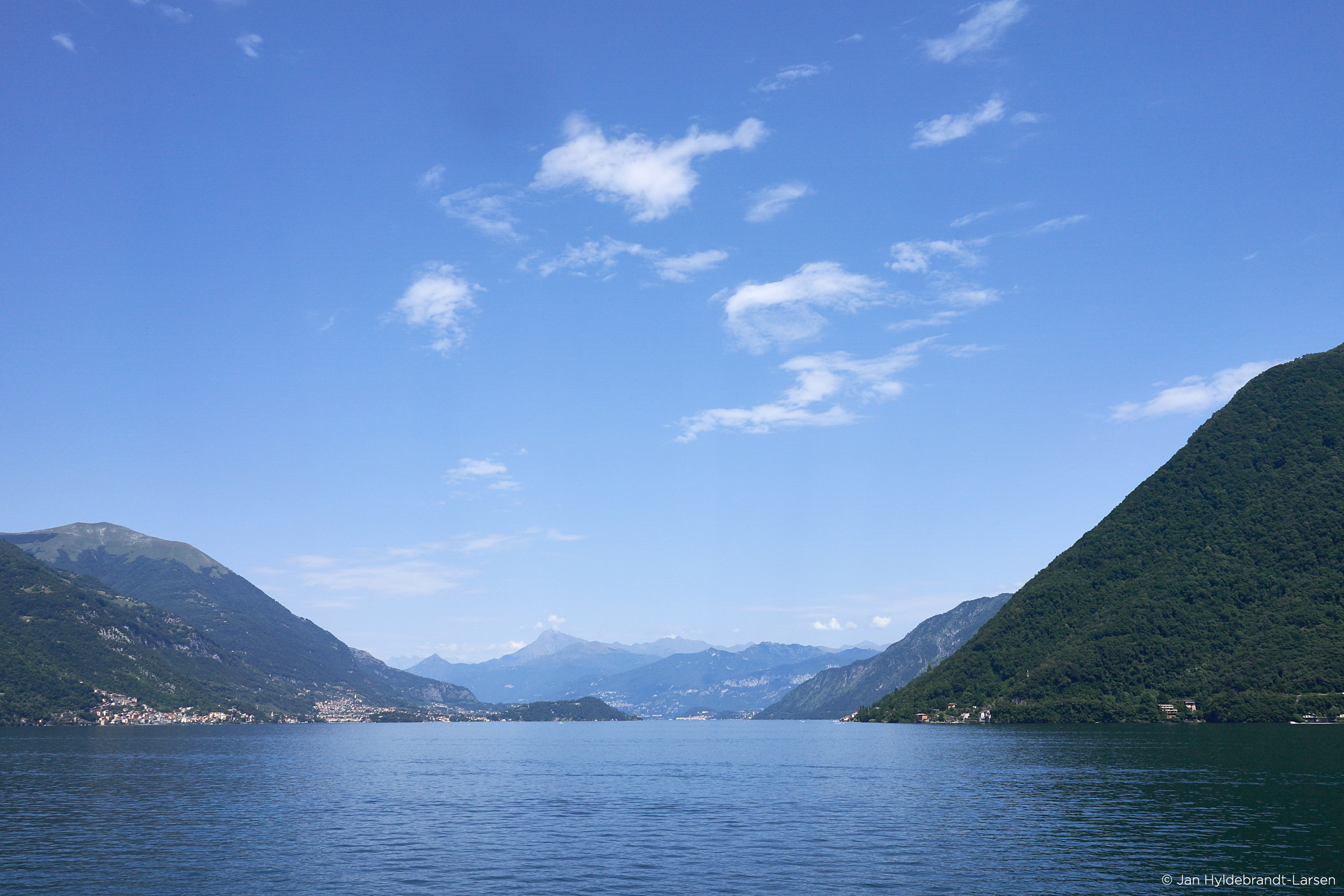
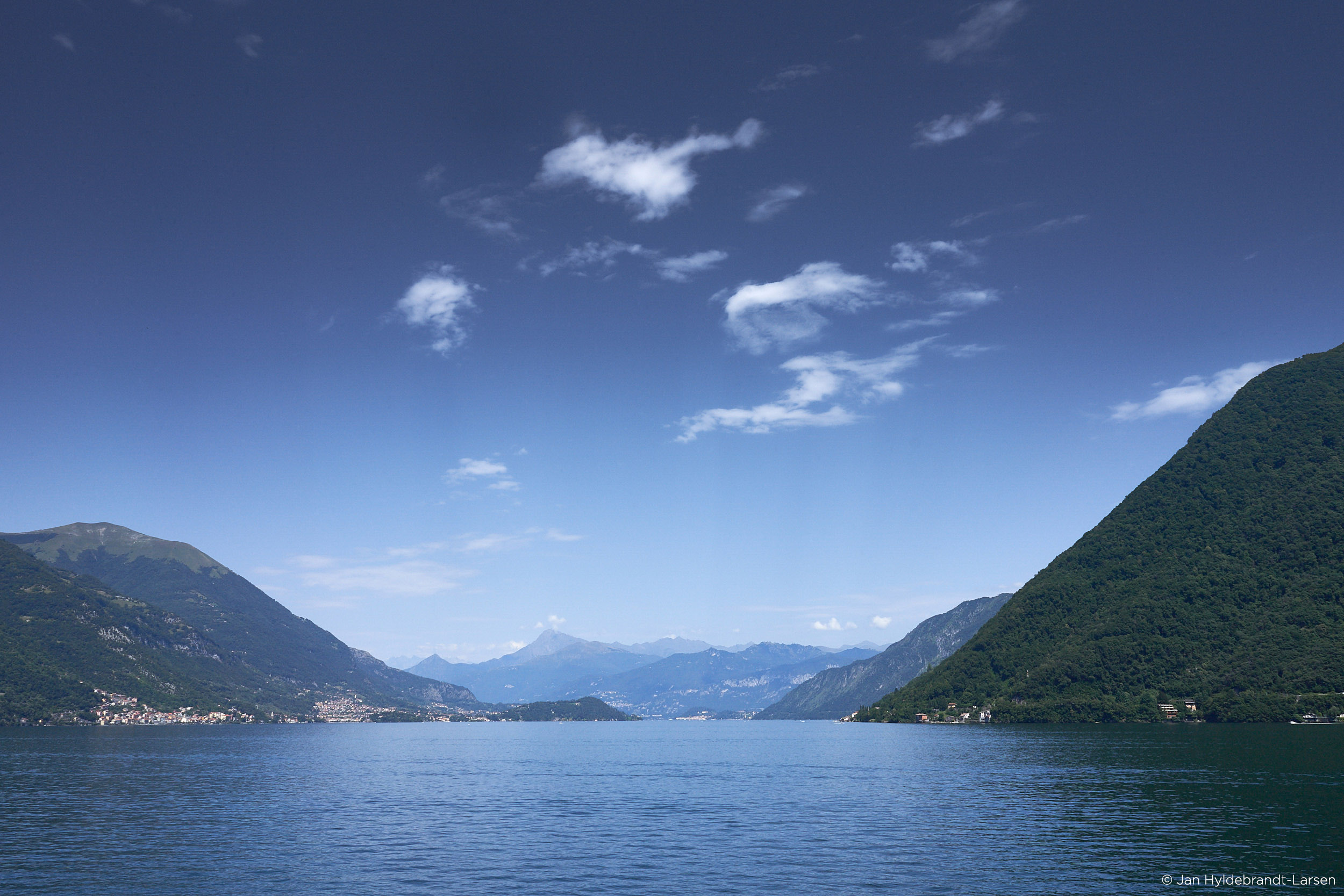
The difference on this image is quite dramatic, but still easy and flexible. Both the Linear Gradient and the Luma Range are dynamic, and can be adjusted and transformed if needed.
The sky might be a bit too dark for some of you, but I want to show the power of adding a Luma Range to a Gradient Mask with a visual example.
Want to learn exactly how to use these tools? Watch below!
If you don’t already have Capture One, download a free 30 day trial and try it out.
Are you an Express user? Discover all you can do when you upgrade to Capture One Pro.
NOTE: This article discusses an outdated version of Capture One. To learn more about our latest version, click here.
The new Capture One 12 offers powerful upgrades to existing tools and introduces new features for efficient workflows. This post will quickly guide you through the best of the best.
The design of Capture One 12 has been refined, providing a flatter and more modern interface with bigger font sizes. This will help photographers not only navigate more easily but also decrease fatigue from having too much to focus on.
Additionally, the Tool Tab icons have been re-designed for a better indication of what they represent. Remember, you can always customize the Tool Tabs and their content if needed!
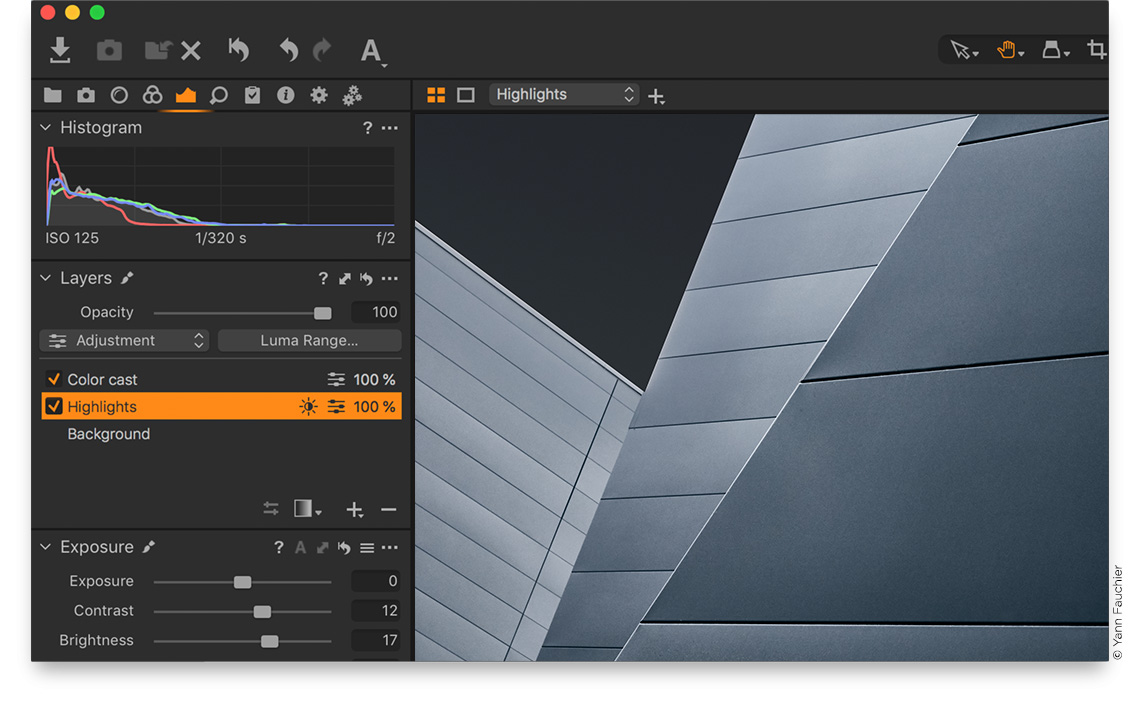
If you need other tools than a brush to create your masks, look no further! Radial and Linear Gradient Masks are here. They are parametric, meaning you can transform them after they are created making these tools dramatically more flexible than what you could previously do in Capture One.

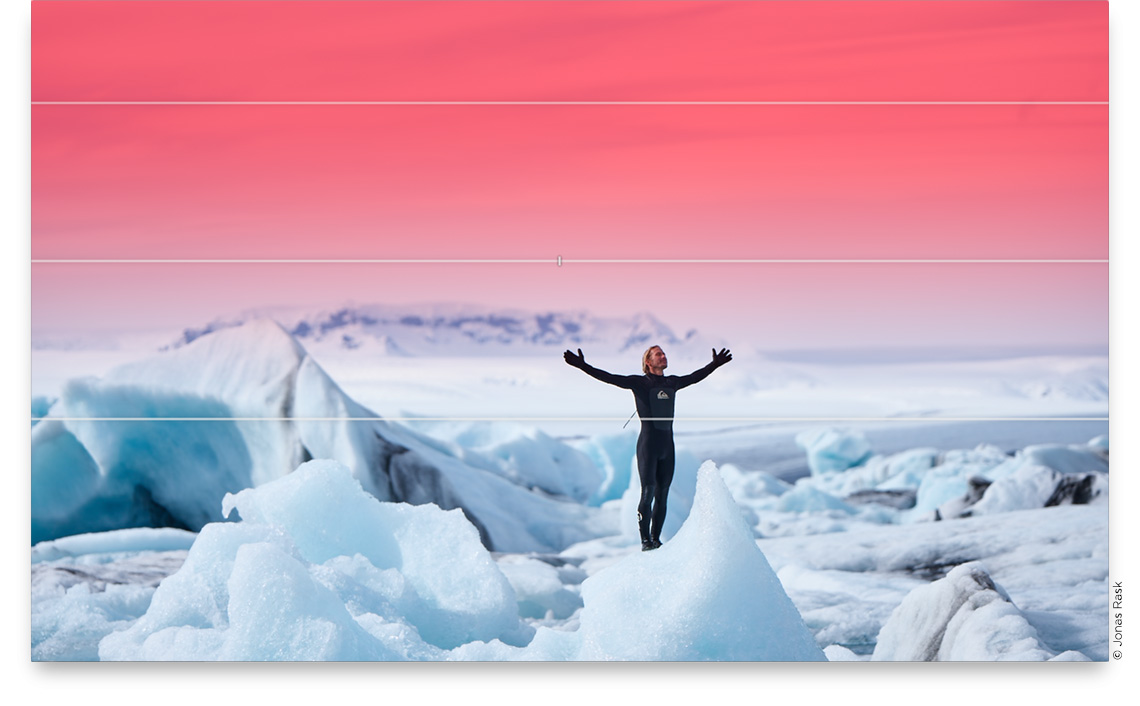
Radial Gradients are the new thing, and they let you create circular masks with soft feathering. They can be transformed, rotated and masked either on the inside or the outside of the round shape. Linear Gradients now allow transforming, moving, rotating and even changing the fall-off asymmetrically.
Watch the tutorial below for in-depth information.
Yes, you read that right. Luminosity masking is now possible in Capture One, and it’s easier than you think.
The Luma Range tool can be applied on any mask, even gradients like the above, and will effectively restrict your mask to certain areas based on the luminosity in your image.
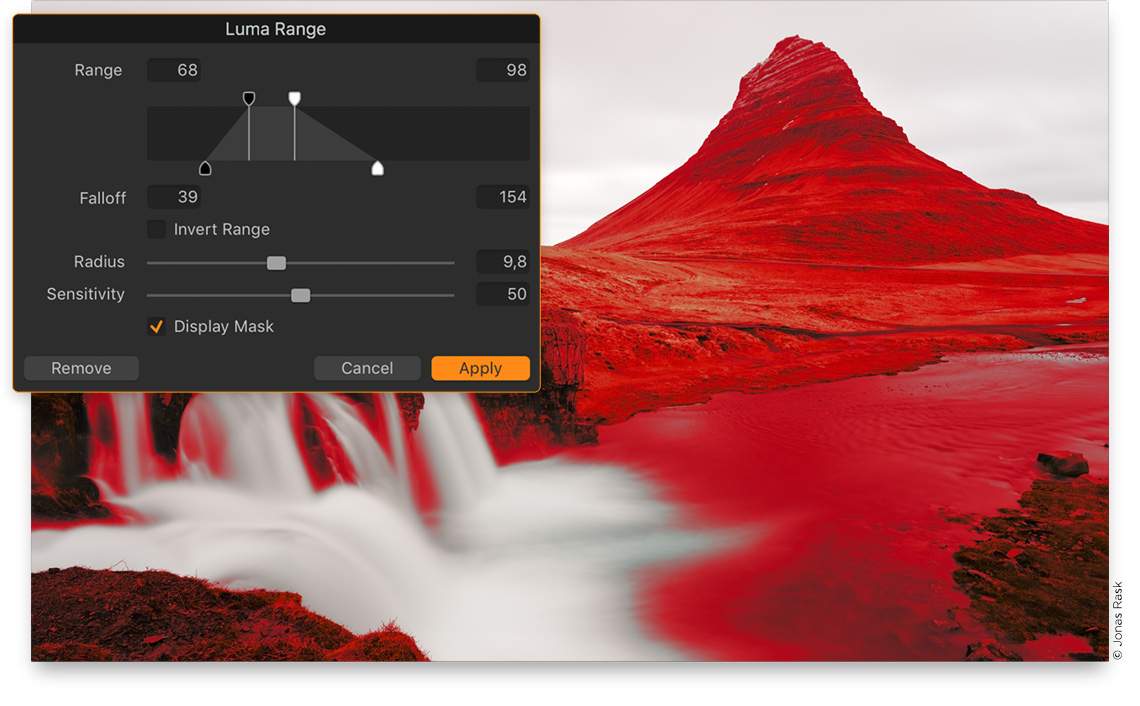
“Why do I need this?”, you might ask. Well, have you ever wanted to desaturate your shadows a bit? Or apply color grading with more control than the Color Balance Tool can provide? Or maybe add clarity to the clouds in your landscape image with a tricky horizon line? Luminosity masks make all of this a breeze. Watch the tutorial below to learn more.
It’s no secret that Capture One features a massive library of keyboard shortcuts. These shortcuts are customizable, letting you do most actions with a few clicks on the keyboard.
Capture One 12 makes this much easier. You can now search, not only for features and commands, but also for specific keys to see their function. Additionally, shortcuts for features that were previously inaccessible are added for an even larger library of shortcuts.

Capture One delivers an extensive suite of powerful tools to manage, edit and export images. Now the new Capture One plug-in ecosystem allows third-party developers to create plug-ins that can add even more features and capabilities to Capture One’s toolset. The first plug-ins will enable direct publishing, round-trip editing, and open-with workflows.
We are just getting started with plug-ins, much more will come! Find out what’s already available and send us your wishes here: www.captureone.com/en/partnerships/plug-ins
Capture One has a powerful feature to copy adjustments from one image to others. The functionality will auto-select any adjustments applied to an image, making them easy to apply to other images. Previous to Capture One 12, any composition change, for example, a crop, would also be automatically selected and carried over.
By default Capture One now exclude compositional changes from the auto-select functionality, making it easy to synchronize edits and color gradings between images with different crops and rotations.
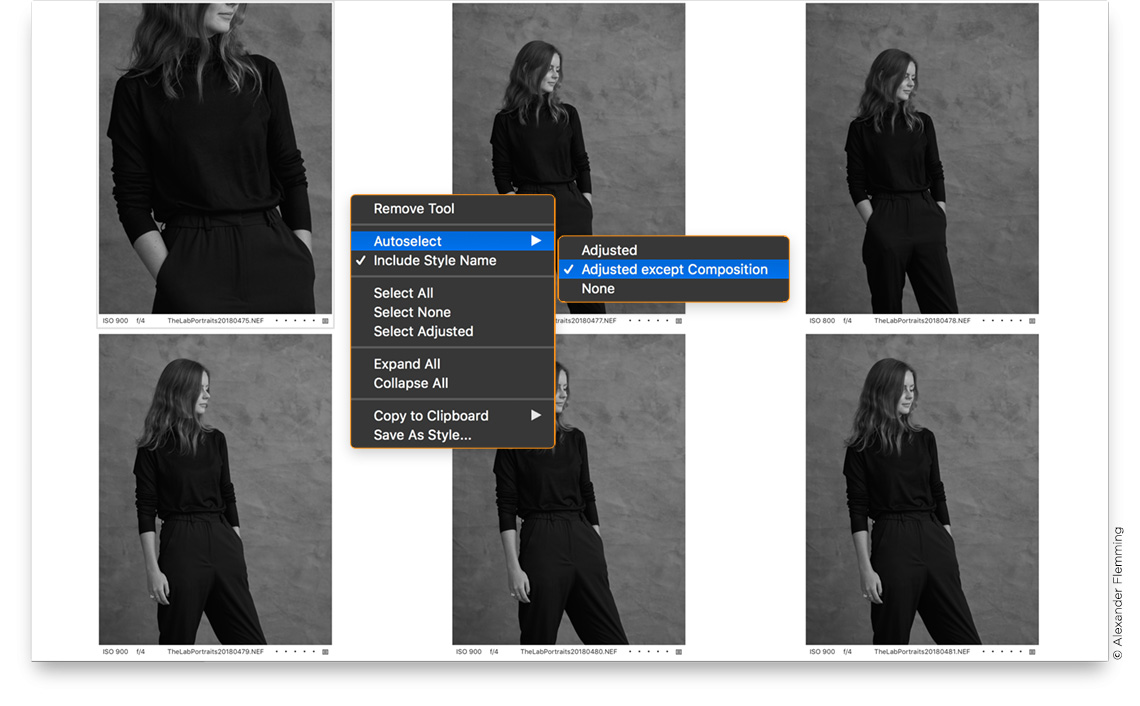
If you have ever shot with a Fujifilm X-series camera, you’re probably aware of the built-in simulations like Acros, Classic Chrome, Velvia etc. Extending on the collaboration with Fujifilm, these simulations are now available in Capture One 12 and will change the starting point of your editing to one of these simulations.
The simulations are available for Fujifilm camera models as Curves within the Base Characteristics Tool.
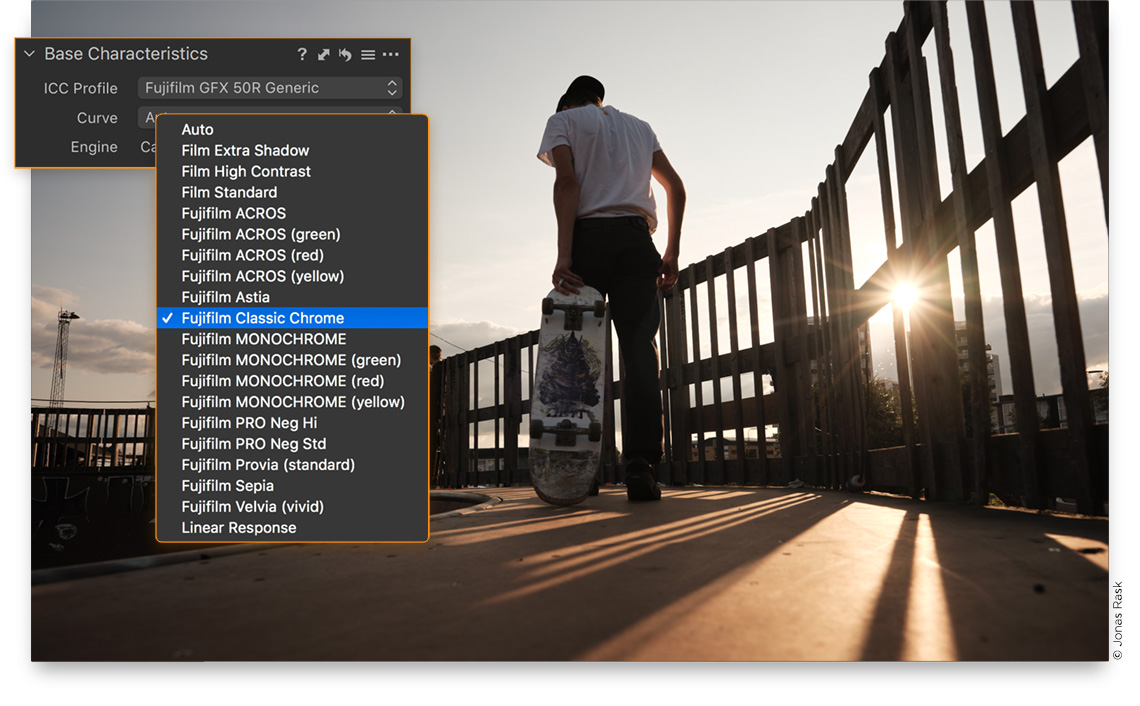
Capture One 12 is available as a full Pro version for all camera models, a Pro Sony version for Sony only, and a Pro Fuji version for Fuji only. All of these are available both as perpetual licenses and subscriptions.
Try it out for free with a 30-day trial!
NOTE: This article discusses an outdated version of Capture One. To learn more about our latest version, click here.
There’s a difference between a photographer taking a picture and a photographer creating one. I’m the one who creates. I create images in my head. Then I draw or look for references. Then I talk to my team and discuss how to make it happen. And only after a long prep process we go and shoot. The image from my head comes to life, but still not exactly the way I imagined it. But I know I will make it look right with the help of Capture One. My style is influenced a lot by paintings of 15th century, Renaissance, late 19th and early 20th century. I love softer painterly look and very controlled color palettes.
Here is a before and after of the image I recently shot for project Magical Realism. The one on the left is with the adjustment I did in Capture One.
I start with Exposure and Dynamic Range adjustments. I almost always go up to +30 +40 on the highlights and +10 on the shadows. I don’t overexpose when I shoot and my details in the highlights are safe, but I prefer my images to look more flat. Flatness gives a softer look. And I like the softness, because it automatically adds painterly quality to images.
When it comes to tonal adjustments it definitely feels like Fuji and Capture One were made for each other.
In this image in addition to Highlight and Shadow adjustments I also opened up a lot of shadows in Luma Curve while keeping the midtones and highlights intact, to create that flatter look. You can see that as soon as the shadows are not as dark, the image starts looking more delicate, tender. All the tonal adjustments were done on the background layer.
Next step is adjusting the colors. I create a separate layer and go to Advanced Color editor and start picking colors. I like playing with individual colors, changing their hue, saturation and lightness to see what difference it makes to the image overall. Another thing I need to remember is to not overdo the adjustments, otherwise the edges of the selected area may start looking funky. And in general the color, saturation and the lightness of each selected area should belong with the areas around it. I usually have 2-4 color ranges selected and I change parameters of each, go from one to the other and compare until I find a perfect balance.
In this case I change the Hue of the blue, made it a bit more green, and increased its saturation a bit. I also played with brown colors by subtracting magenta from them.
My third step is color grading with the help of Color Balance. Color toning certain parts of the tonal range gives an image more character and also more depth. I often make my highlights a bit warmer and shadows a bit cooler, therefore adding a bit more separation. However, I never go higher than one third up on the slider to the left of the color circle. It’s important to not make the color grading too noticeable. The whites should still look relatively white and the skin tones should have natural color. It also depends on the dominating colors and the mood of an image where and how much of color grading you want to apply.
Since I mainly photograph people, the step I never miss is Skin Tone adjustments in Color Editor. I make a new layer just for that, I prefer painting a mask specifically on the skin, avoiding lips, blusher and other similar colors that are not skin. Then I either saturate or desaturate skin by 5-10%, depending on the concept. Then I go to Uniformity sliders and add about +20 +25 on both Hue and Saturation, to make the skin tones more even.
In this image I increased the Saturation of the skin tones a bit and I also changed its Hue quite dramatically – I wanted the skin tone to be much warmer that it had originally been captured. Therefore I achieved a nice contrast between the blue in the background and the warmer tones of the skin. I also reduced the contrast a bit more for an additional softness in the face, just on this layer.
As a finishing step I click through all my layers and see if I want to tweak any adjustments further, whether it’s tones or colors. Everything should look balanced and reflect my original idea. I love the option of changing Layer opacity offered in Capture One, I can always reduce several adjustments in one move of the slider.
I often work on series of images from the same shoot, for example, a story for magazine, or a designer lookbook. Therefore after finishing my first image I create a User Preset for each set of adjustments or just make a User Style with selected adjustments. That allows me to apply the same settings to each image from the series and then only tweak it slightly.
Below are the before and after versions of the selected images of several looks from the same story.
Before. Although it was the same blue on the walls, due to differences in lighting it turned out differently in the images. The contrast and skin tone also looked quite different.
After. I applied my soft look across the series by reducing the contrast and opening up the shadows. I evened out the blues and the skin tones across the looks.
When I’m done with all the adjustments applied to all the images I always take a break. I get back to it in a few hours or next day. I need to rest my eyes before I can objectively assess the adjustments made. My goal is to find a perfect balance between giving my image a personal look, an artistic touch and making it look unnatural. I stop when I see the image looks right, like I had initially envisioned it.